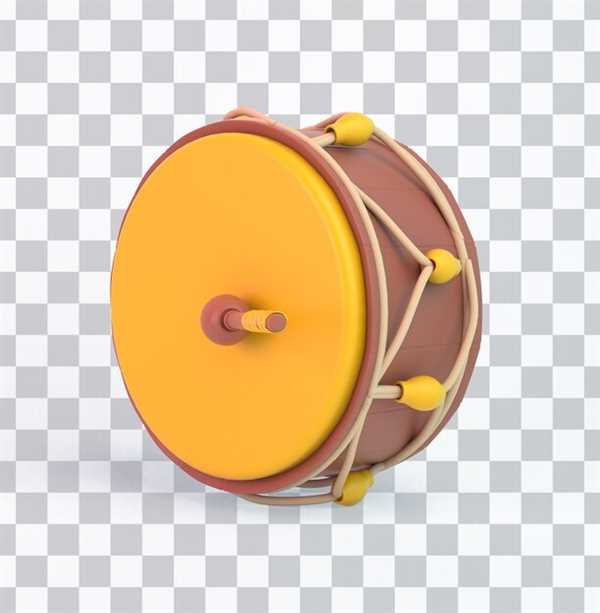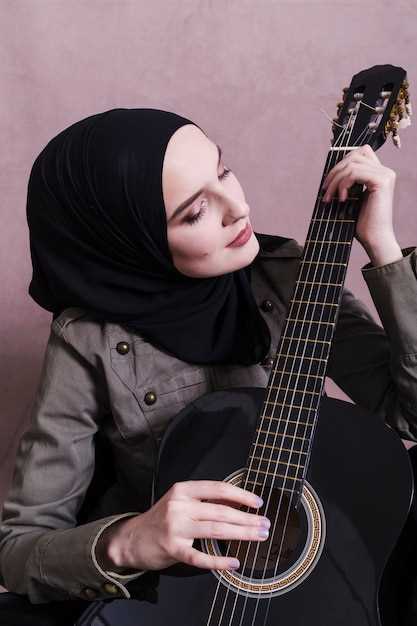Embark on a journey through the rich tapestry of soundscapes originating from the heart of the Middle East. This section delves into the profound and intricate rhythms that have captivated listeners for centuries, transcending borders and cultural barriers.
Harmonious vibrations from this region are not merely auditory experiences; they are a gateway to understanding the depth of its people’s emotions and traditions. Each note and rhythm carries a story, a piece of history that is woven into the very fabric of society.
The melodic traditions explored here showcase a blend of ancient and modern influences, reflecting a dynamic evolution that continues to inspire artists and audiences alike. From the subtle nuances of traditional instruments to the vibrant energy of contemporary compositions, these musical expressions offer a window into the soul of the Middle East.
Exploring the Heartbeat of Arabic Melodies

Lire aussi : Beyoncé et Tyla : Quatre nominations chacune, une lutte pour le sommet aux BET Awards !
This section delves into the vibrant rhythms and profound emotional expressions found within a specific genre of Middle Eastern tunes. It aims to uncover the essence of these compositions, which resonate deeply with listeners, offering a glimpse into the rich heritage and contemporary influences that shape their unique character.
The Essence of Middle Eastern Tunes
Middle Eastern melodies are characterized by their intricate patterns and the use of traditional instruments such as the oud and qanun. These elements contribute to a sound that is both ancient and modern, reflecting a cultural continuum that spans centuries. The melodies often feature complex rhythmic structures and expressive vocalizations, which are integral to their emotional impact.
- Instruments like the oud, providing a deep, resonant foundation.
- The qanun, adding layers of rich, textured harmonies.
- Vocal techniques that range from melismatic flourishes to powerful, emotive singing.
Influences and Evolution

The evolution of Middle Eastern melodies is a testament to the region’s diverse cultural exchanges and historical influences. From ancient Bedouin songs to modern fusion styles, these tunes have adapted and grown, incorporating elements from various musical traditions. This fusion has resulted in a dynamic and ever-evolving soundscape that continues to captivate audiences worldwide.
- Ancient Bedouin songs, with their raw, storytelling essence.
- Influences from neighboring regions, such as Persian and Turkish music.
- Contemporary fusion with Western styles, creating innovative blends.
Through this exploration, one can appreciate the heartbeat of Middle Eastern melodies as a reflection of a rich, dynamic culture that is both rooted in tradition and open to innovation. These tunes not only entertain but also educate, offering a window into the soul of a region that values music as a profound form of expression.
Cultural Rhythms That Resonate with the Soul
This section delves into the profound impact of traditional rhythms on the human spirit, exploring how these rhythmic patterns transcend mere auditory pleasure to evoke deep emotional responses. Through an examination of various rhythmic traditions, we uncover the intricate connections between rhythm and cultural identity, highlighting how these patterns serve as a universal language of the soul.
| Region | Rhythmic Tradition | Characteristics |
|---|---|---|
| Middle East | Dabke | A lively dance rhythm characterized by its fast tempo and syncopated beats, often accompanied by energetic group performances. |
| North Africa | Malhun | A rhythmically complex genre featuring poetic lyrics and a slow, deliberate tempo that reflects deep cultural narratives. |
| Sub-Saharan Africa | Bamaya | Known for its drum-heavy rhythms and communal dance, this rhythm is a celebration of community and shared heritage. |
Each of these rhythmic traditions not only provides a backdrop for social gatherings and cultural expressions but also serves as a powerful tool for emotional and spiritual expression. The universality of rhythm in human culture underscores its importance in connecting individuals across diverse backgrounds, fostering a sense of unity and shared experience.
Видео:
Arabian Music [4K] – Meditation in Desert (Part 3), Arabian Flute & Arabian Nights
Arabian Music [4K] – Meditation in Desert (Part 3), Arabian Flute & Arabian Nights by Healing Arabian Music 3,658,136 views 2 years ago 1 hour, 5 minutes